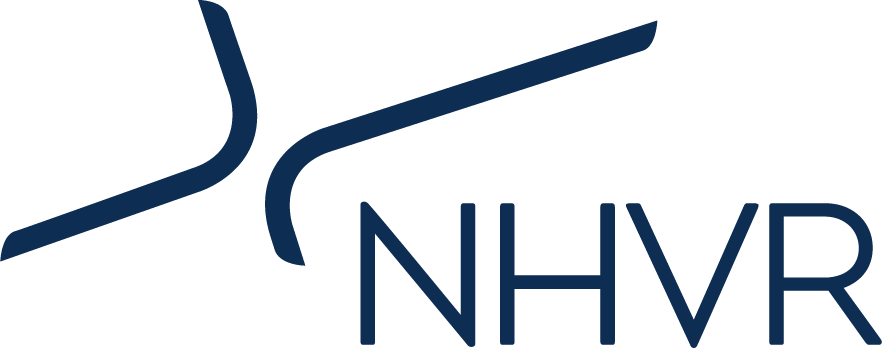This consultation closed on Sunday 31 May 2020. The NHVR would like to thank everyone who took the time to provide feedback.
Key documents
- Improving awareness and practices in the livestock supply chain - Issues Paper (PBF, 2.2MB)
- Livestock Supply Chain Review - Consultation Findings and Outcomes Report (PDF, 206KB)
Why we consulted
We sought comment on the Livestock Supply Chain Review Issues Paper, Improving awareness and practices in the livestock supply chain, to assist in the development of recommendations to improve safety and/or productivity outcomes across the livestock supply chain.
Background
The purpose of the Livestock Supply Chain Review was to identify the relationship, influences, understanding and capabilities of the parties who impact the safety and productivity of livestock supply chain road transport movements, with a view to ensuring certainty, process and risk mitigation strategies around mass management regulatory compliance obligations.
We developed an issues paper in consultation with industry through individual meetings, phone calls and attendance at prominent industry events. Additionally, we interviewed livestock transport drivers at saleyards to identify challenges and opportunities to address mass management issues.
The issues paper did not provide a complete overview of all the opinions of, and strategies, policies and procedures employed by, the livestock supply chain. So we wanted to provide everyone involved in the supply chain with the opportunity to have their say on what’s working well, what’s not working, and what could be changed to improve safety and productivity outcomes.
Findings and outcomes
The livestock industry is one of Australia’s most valuable industries, contributing over $32 billion to the economy via domestic and export sales (Australian Meat Industry Council, 2022, Pre-budget Submission – 2022/23). The supply chain supporting the livestock industry is complex and involves a number of participants performing different roles. Participants vary in size and sophistication, from single task operators to large-scale businesses producing, transporting, manufacturing and exporting livestock products.
In our consultation with the livestock industry, it was clear there was a need from industry for additional guidance to be provided about how to meet Heavy Vehicle National Law obligations, particularly with respect to mass management. Consultation has also assisted the NHVR to better understand how to work with industry to improve the ability of parties in the livestock supply chain to meet their regulatory obligations and support safe and productive road transport operations.
Notably, several stakeholders identified inconsistency in livestock loading schemes and access arrangements between states and territories as a contributing factor to ability to comply with HVNL obligations. Harmonisation of livestock loading schemes will assist to address issues with compliance and productivity equity in the livestock industry.
We commenced consulting in June 2022 on our review of state-based livestock loading schemes via the Review of Livestock Mass, Dimension and Loading Arrangements - Discussion Paper. This work intends to create a more productive single national scheme, improve loading scheme consistency, and identify opportunities to improve productivity, thereby enabling improved compliance with the HVNL.
The Commonwealth Government, through the NHVR, is making available over $450,000 to the livestock industry through Rounds 4 – 6 (2020 – 2023) of the Heavy Vehicle Safety Initiative (HVSI). Projects delivered under HVSI will ensure fit-for-purpose safety, compliance and education outcomes are delivered by industry for industry, and assist to address the findings and feedback of the Livestock Supply Chain Review.
In February 2022, the NHVR revised its guidelines for preparing and registering Industry Codes of Practice. Under the revised guidelines, the NHVR and industry may collaborate more closely to develop codes of practice, which is a resource that helps parties in the chain of responsibility ensure the safety of their transport activities.
The NHVR Codes of Practice team will have capacity in the financial year 2022-23 to assist the livestock industry. A collaborative approach will accelerate the development and delivery of a new code of practice to improve livestock industry awareness and understanding of mass obligations and chain of responsibility under the HVNL.

 Accessibility tools
Accessibility tools

